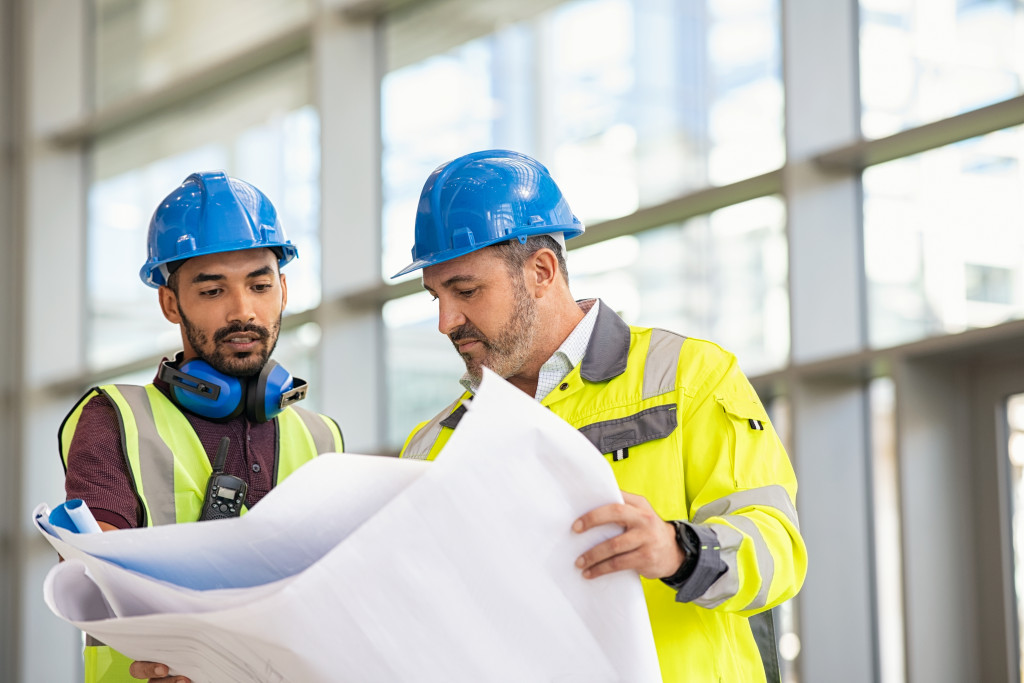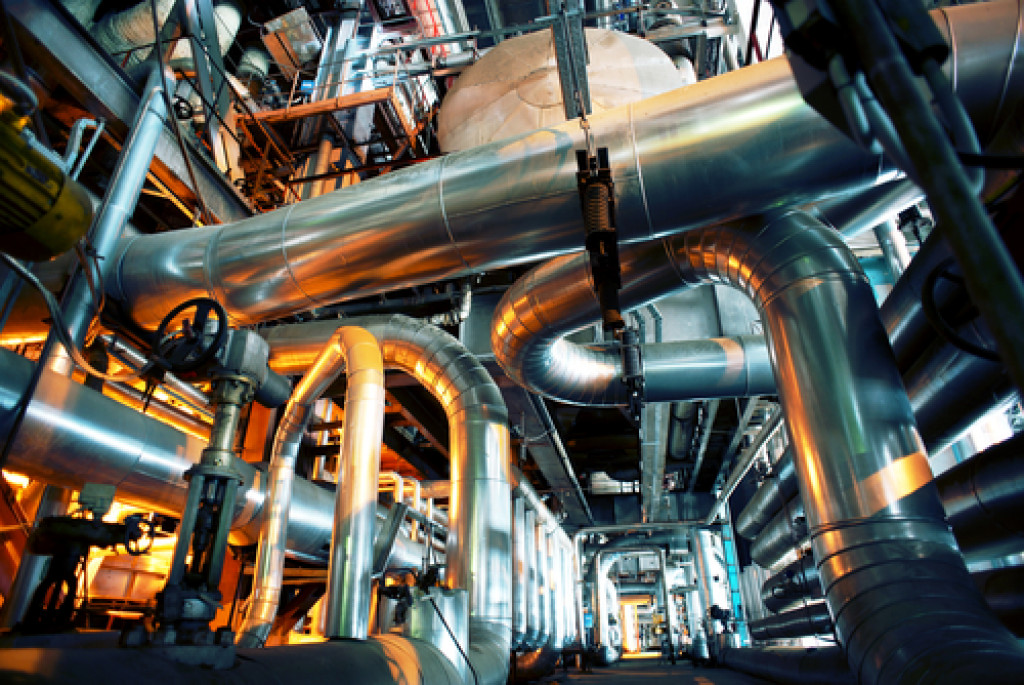- Pipeline inspections are crucial for ensuring the safety and continuous operation of pipelines.
- Hiring a trusted pipeline inspection company is essential to maintain efficiency and prevent disruptions.
- Experience is a key factor when choosing an inspection partner, as it demonstrates their knowledge and ability to resolve potential issues.
- Relevant equipment, such as pipeline inspection gauges, borescopes, gas detectors, and digital inspection systems, are necessary for adequate pipeline inspections.
Keeping our pipelines and associated infrastructure safe is a top priority for those in charge of oil and gas production. Pipeline inspections are crucial in ensuring the integrity of the infrastructure and maintaining efficiency. It ensures that everything works as it should and helps identify problems before they escalate.
Hiring the right inspection partner is essential to keep your pipelines running smoothly. A good inspection partner can act as the guardian of the flow, ensuring that there are no interruptions in the production cycle.
However, with so many potential partners, it can be challenging to decide who best suits your specific needs. In this blog post, we’ll provide some guidance on how to choose the right inspection partner for pipeline maintenance.
Experience
When it comes to pipeline inspection, experience is king. You will require a trusted pipeline inspection company with experience in the type of pipelines you manage. It is advisable to check what sort of pipelines they have worked on in the past and for how long they have been in the industry. An inspection partner who has been working with different structures for many years has likely seen many problems and knows how to resolve them before they turn into significant issues.
Relevant equipment
To perform adequate pipeline inspections, a range of specialized tools and equipment is needed. Here are four essential tools for pipeline inspection and their functions.
Pipeline Inspection Gauges

Pipeline inspection gauges, or “pigs,“ travel inside pipelines to detect and measure anomalies such as corrosion, deposits, and cracks. These gauges come in different shapes and sizes and use various technologies, including magnetic flux leakage, ultrasonic, and eddy current.
Pigs can accommodate different types of pipelines, including oil and gas, water, and sewage, and are particularly useful for detecting internal corrosion that can lead to pipeline ruptures. Pigs can be launched into pipelines through existing access points or dedicated launching facilities.
Borescopes
Borescopes are optical instruments that allow inspectors to visually inspect the interior of pipelines, tanks, and other confined spaces. Consisting of a flexible or rigid tube with a camera at the end, borescopes can capture high-definition images and videos of pipeline walls and transmit them to a monitor or recording device.
Borescopes are commonly used for detecting cracks, weld defects, and debris and can be equipped with different lighting and magnification options. They come in various lengths and diameters, making them suitable for different pipeline sizes.
Gas Detectors
Gas detectors are essential tools for pipeline inspection as they can detect dangerous gas leaks and concentrations in the air. Pipeline systems carry various gases, such as methane, hydrogen sulfide, and ammonia, which can be toxic or explosive in high concentrations.
Gas detectors use different technologies, including infrared, electrochemical, and catalytic bead, to detect gases with other properties. They can alert inspectors with visual and audible alarms and connect them to data logging systems for recordkeeping and analysis.
Digital Inspection Systems
Digital inspection systems are advanced tools that integrate different technologies for pipeline inspection. They consist of high-definition cameras, laser profilometry, mapping software, and data analysis tools to capture and analyze pipeline data in real time.
Digital inspection systems can provide comprehensive reports on pipeline conditions, including cracks, wall thickness, corrosion, and other anomalies. They can be used for both internal and external inspections and can reduce inspection time and costs while improving accuracy and safety.
Certifications and compliance
When choosing an inspection partner, always look for a company that holds all the necessary certifications and complies with relevant safety standards. An inspection partner should have their performance history readily available and be transparent in their safety records.
Reputation

The reputation of an inspection partner is worth considering. It’s advisable to read reviews and testimonials on the company’s website to see what others have experienced while working with them. If a company has no thoughts or testimonials, it’s worth asking for references from past works.
The Bottomline
Choosing the right inspection partner for your pipeline maintenance needs is critical in ensuring the integrity of your infrastructure. The process can be time-intensive, but research will save you time, energy, and money.
By evaluating these factors, you’ll be able to find an inspection partner who will become the guardians of the flow, ensuring your pipelines remain secure, reliable, and efficient.


